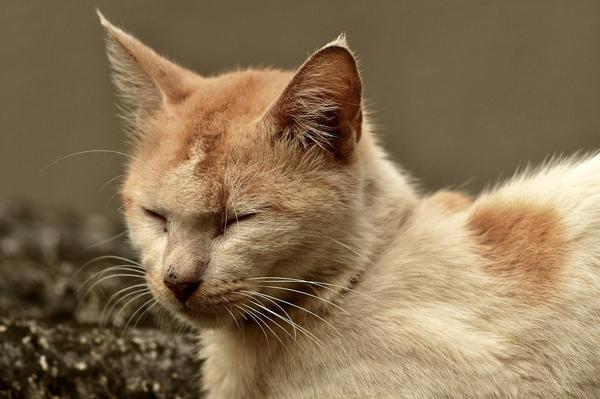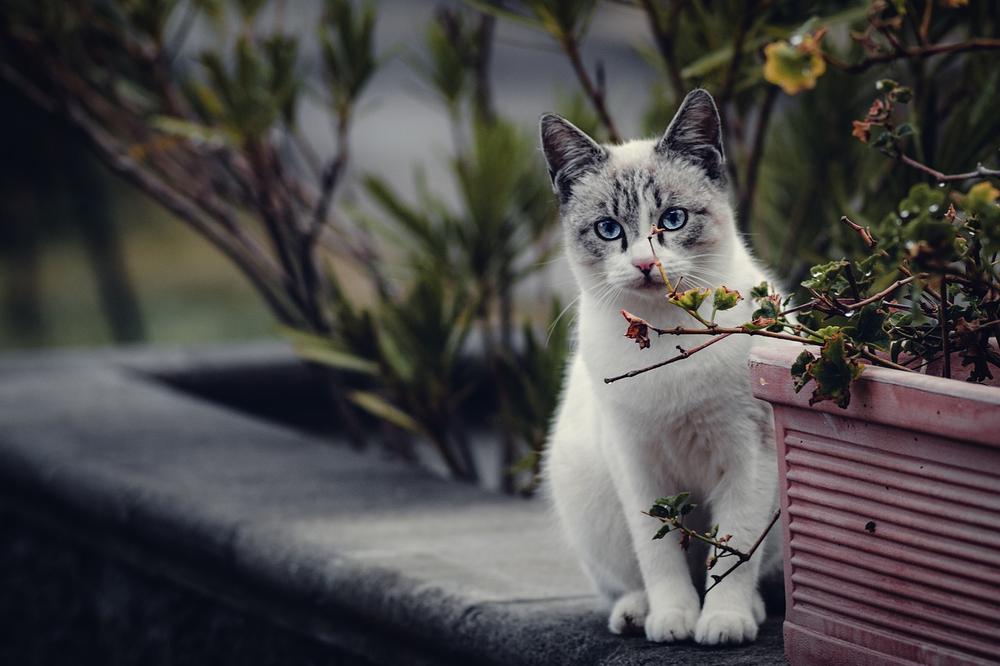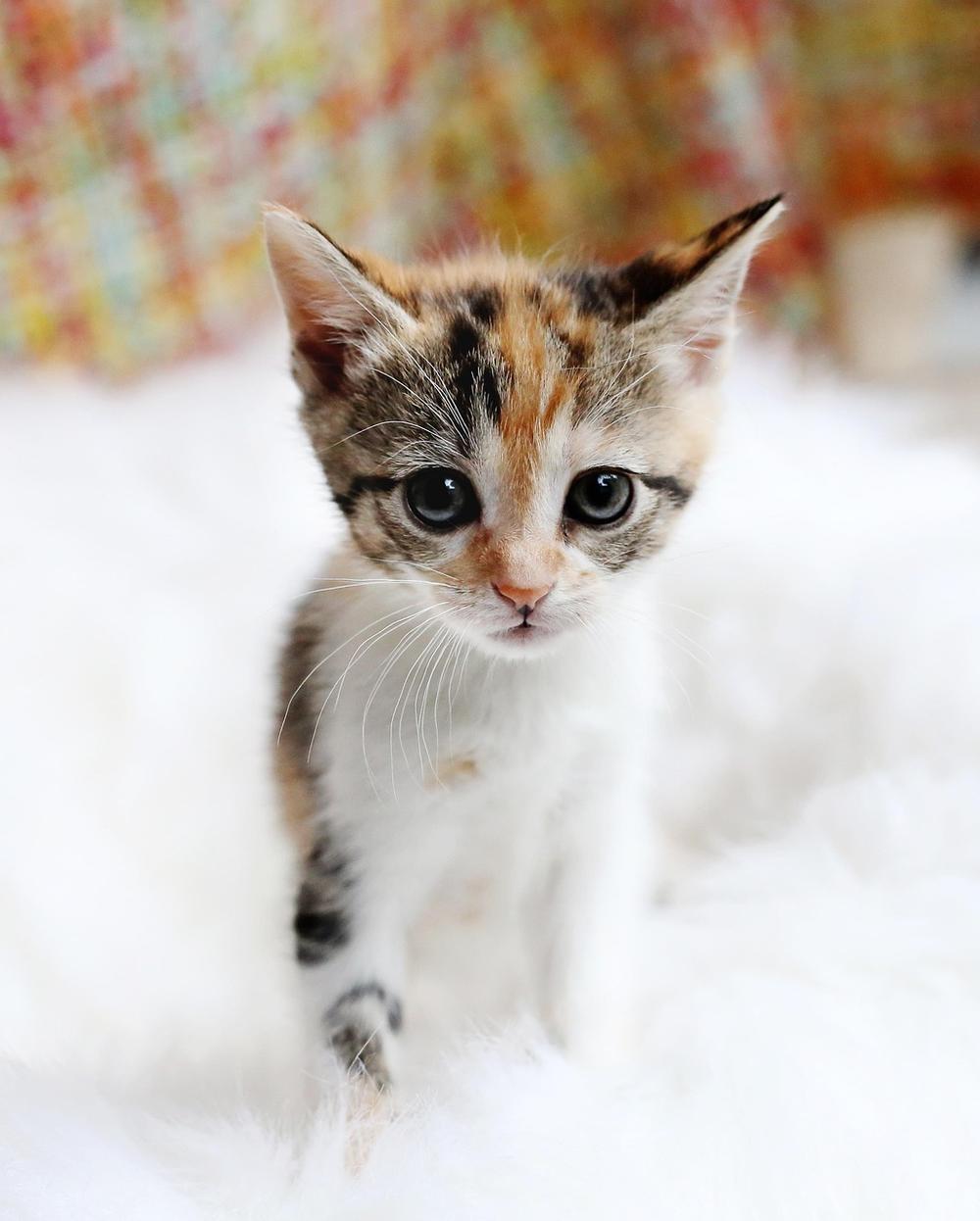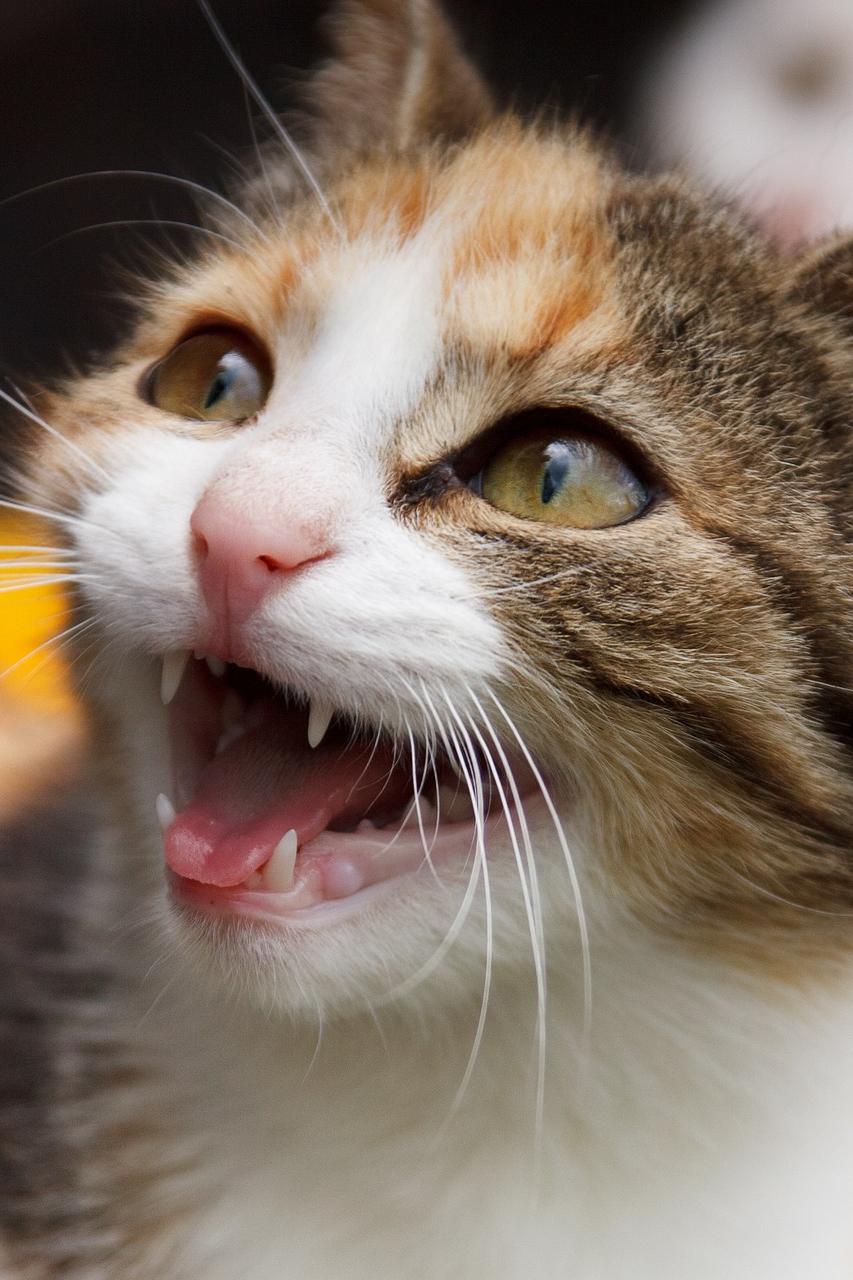Why Does Your Cat Purr SO LOUDLY? (The Truth Revealed!)

Is your furball's purr like a roaring lion, keeping you awake at night and making you wonder, "Why does my cat purr so loudly?"
Well, hold onto your scratching post, because we're about to uncover the purr-real truth. 😺
Let's dive in!
Why Cats Purr Loudly: Linking Happiness and Good Health
Cats purr.
You've heard it before, right?
It's that soft, gentle sound they make when they're happy.
But here's the thing: the volume of their purr doesn't necessarily mean they're super happy. They can still be content even if they're purring softly. Purring actually serves multiple purposes for cats and contributes to their overall well-being.
When cats purr, it releases endorphins which make them feel happy and less stressed.
Isn't that awesome?
And guess what?
Purring also has health benefits for our furry buddies.

It helps with tissue regeneration, improves bone health, reduces stress and blood pressure, helps heal infections, and can even aid in breathing difficulties.
Pretty cool for something so simple, huh?
But remember, things like size, age, emotions, breed, and personality can affect how loudly a cat purrs.
So don't fret if your cat isn't purring as loudly as others.
They can still be perfectly content.
Understanding why a cat purrs is important for giving them the attention and care they need.
Sometimes they purr to seek attention or show distress. So next time you hear that soothing hum, give your little feline friend some extra love and care.
Main points I'll expand upon further down this article:
- Purring is a form of communication and can indicate satisfaction and relaxation.
- Cats use purring to soothe pain, stress, and anxiety.
- Kittens start purring to alert their mothers and continue to purr when nursing.
- Older cats tend to purr louder than younger ones.
- Purring is unique to each cat, similar to human voices.
- Cats use purring as an expressive tool during interactions and pleasurable activities.
- Spending quality time with your cat and giving them attention can make a difference.
- Petting a purring cat can make both the cat and human feel more relaxed.
- Cats purr loudly to express happiness, get attention, and desire to be petted.
- It's important to pay attention to context, body language, and response to understand a cat's needs.
But did you know that the volume of a cat's purr isn't the only intriguing thing about it?
There's so much more to discover about this incredible form of communication. Let me take you on a journey into the fascinating world of your feline friend's purring capabilities and how they use them to convey their needs and emotions.
Get ready to be amazed by what you didn't know about your beloved cat's unique purr!
Purring as a Form of Communication
Cats have a unique way of communicating with you through their purring:
- Cats use different frequencies and patterns in their purring to tell you if they're hungry, scared, or just want some attention.
- Purring happens when a cat's throat muscles vibrate while it breathes, letting you know that it's content and relaxed.
- Just like people, each cat has its own distinct purr, giving them their own voice.
- Purring can actually help cats soothe pain, stress, and anxiety, and put them in a relaxed state.
- When kittens are born, they start purring right away to let their moms know they need to nurse.
- As cats get older, their purrs tend to get louder, making it even easier for them to express themselves.
- Certain breeds, like the Oriental Shorthair, are known for having particularly loud purrs.
- Whether they're feeling affectionate or enjoying something fun, cats use purring as a way to show their emotions.
So don't underestimate the power of a cat's purr! 😺
Each one tells a story and helps you understand your furry friend's needs and feelings.

And if you're like me, you may be wondering whether purring is a voluntary or involuntary action in cats.
Well, I have the answer for you! In my blog post titled Is Purring Involuntary in Cats, I explore the fascinating topic of why cats purr and whether they have conscious control over this unique form of communication.
Trust me, you don't want to miss out on the insightful information I share in this guide.
So go ahead and click on the link to uncover the truth behind your furry friend's heartwarming purrs.
Purring Draws You In: Your Cat Needs You
To understand your cat's purring and meet its needs, consider these 10 important points:
- Recognize purring as a call for companionship.
- Engage in enjoyable activities with your cat when it purrs loudly.
- Understand that cats purr to soothe themselves and their human caregivers.
- Spend quality time bonding with your cat.
- Give your cat the attention it craves.
- Know that cats enjoy the company of others.
- Understand that purring indicates happiness, desire for attention, and a need to be petted.
- Pay attention to context, body language, tone of purring, and response.
- Use purring as a way to communicate and strengthen the bond between you and your cat.
- Observe and listen to your cat's signals to ensure its safety and well-being.
Responding to your cat's purring plays an essential role in meeting its needs and nurturing a strong relationship.
I highly recommend checking out my article on how to make a cat purr.

Purring May Be a Sign of Distress
Loud purring in cats isn't always a sign of pure joy.
While it's commonly associated with happiness, it can also indicate stress, anxiety, or pain.
Don't assume that your feline friend is content just because they're purring up a storm.
Cats may use their powerful purrs to seek attention or express distress. When faced with discomfort or fear, their purr might reach an even higher pitch.
It's their way of coping, helping them stay calm and redirecting focus away from discomfort.
Purring is a complex language that cats employ to communicate various emotions, not just happiness.
Potential Risks and Drawbacks of Loud Purring
Loud purring may seem adorable, but there are some potential risks and drawbacks to be aware of:
- Excessive loud purring can strain a cat's vocal cords: Prolonged periods of loud purring can lead to discomfort for your furry friend.
- Loud purring can indicate respiratory ailments or illness: If your cat is purring loudly and showing other signs of distress, it might be a good idea to consult with a veterinarian.
- Cats cannot control the volume or pitch of their purrs: Some cats naturally have louder purrs based on breed and age, so don't expect them to purr more quietly on command.
- Wearing earplugs can help you get better sleep: If your cat's purring disrupts your sleep, considering using earplugs to block out the noise.
- Providing safety and affection can reduce stress-induced purring: Creating a safe and loving environment for your cat can help alleviate excessive purring caused by anxiety or stress.
Understanding the potential risks and drawbacks of loud purring can help you better care for your feline companion and ensure their overall well-being.
And that wraps up today's article.
If you wish to read more of my useful articles, I recommend you check out some of these: Why Do Cats Like to Be Patted on the Bum, Why Are Black Cats So Sweet, Why Is My Cat Obsessed With My Face, Why Does My Cat Sit in the Bathtub, and Why Is My Cat Hiding in the Closet
Talk soon,
-Sarah Davis